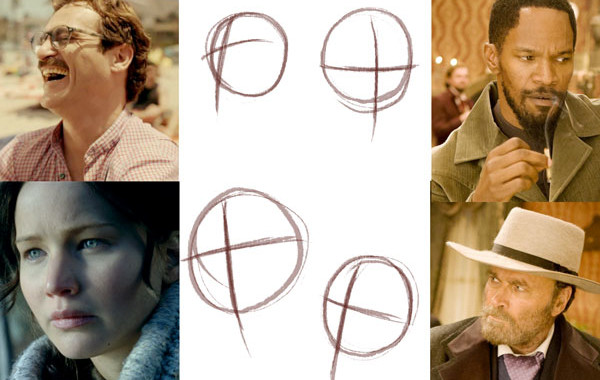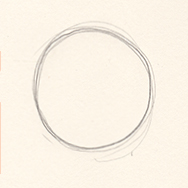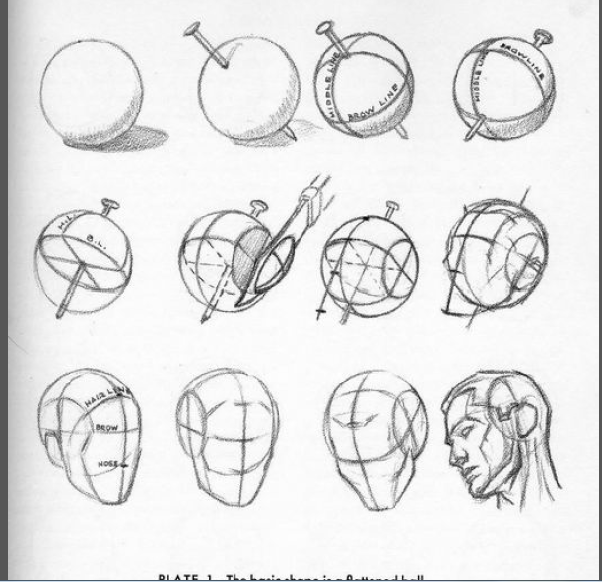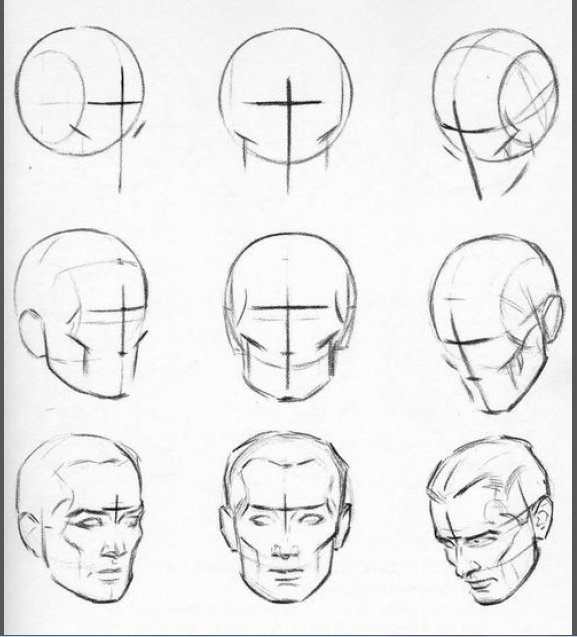Figure drawing for illustration can be broken up into roughly 3 basic topics. Structure, Line and form. All three are intertwined, but each can be practiced independently. Today we’ll talk about the first two topics. In all of these things, generally you can start with a circle.
Professional artists can be deceptive in their work. When Eric Goldberg seems to wave his pencil like a magic wand and reveals perfectly placed lines almost every time, it can feel like that’s the way to start drawing characters. But the secret is that under the disturbingly perfect lines is a measured structural drawing he’s already worked out in his head. Goldberg has such a refined sense of proportion and motor control that he can jump straight to the lockdown line, especially on a character he’s spend multiple years drawing animation drawings of. But when he teaches you how to draw in his book Character Animation Crash Course! he starts with a circle

Seriously, just go buy the book, its amazing.
Andrew Loomis gives a solid formula for constructing a generic white guy human head in his series of illustration books including Figure Drawing for All its Worth, and Drawing the Head and Hands. It should come as no surprise that he starts with a circle. The next 2 lines unlock the secret though. The center line of the face, and the brow line. These two lines provide the structure that you can build the rest of the face and head on and the head is the best way to measure out the rest of the body easily.
The shortcut to drawing freehand is to be able to visualize the underlying structure before you put pen to paper. The downside is there is no shortcut to internalizing that structure, you have to practice. So draw people, but only draw the construction lines, circle, center, brow. Draw from life, draw from movies, draw from the mirror, get the proportions into your hands and head till it takes no effort.

movie credits: Her, Hunger Games, Django Unchained
And note, drawing final lines freehand shouldn’t even be your goal necessarily. Its a fun party trick, it can come in handy if you’re doing reportage, but many artists continue creating construction drawings before locking down the final line through their entire career. Case in point: Glen Keane, who seems to carve the shape from the paper, stroke by stroke, laying down construction lines whenever necessary before locking down.



